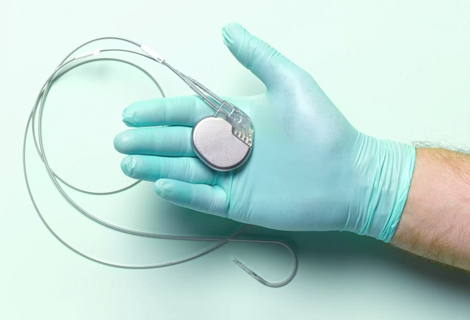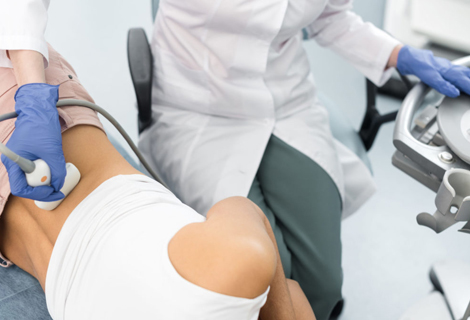What are Coronary Angioplasty and Stenting?
Angioplasty is a minimally invasive procedure done by using a balloon-tipped catheter to open arteries that are narrowed and blocked by plaques. Fatty substances can block the blood flow of arteries to your extremities, leading to peripheral artery disease.
Peripheral angioplasty is a treatment method that improves blood flow by inserting the balloon-tipped catheter into your lower extremities and inflating it at the site of the blockage. It is often followed by vascular stenting, where the cardiologist inserts a metal-mesh tube called a stent to keep the narrowed blood vessel open.
Angioplasty and vascular stenting are two methods that treat vascular disease and peripheral artery disease. Angioplasty makes it possible to improve the blood flow in blocked arteries of your arms or legs, and stenting helps keep the blood vessel from narrowing again. This delicate procedure can help the patient from getting more invasive surgical treatments like bypass surgery.
Why are Stenting and Angioplasty done?
If you have symptoms of peripheral artery disease, such as chronic pain or heaviness in the legs, unhealed wounds, or are unable to do every activity, your healthcare provider will recommend angioplasty.
However, the procedure is only recommended if other medications and lifestyle changes do not help you heal. Reasons to take up the treatment include:
-
Pain caused by narrowed arteries even while resting
-
Skin ulcer or wound that doesn't heal
-
Muscle pain and tissue damage
What are the risks of the procedure?
Some of the possible risks of angioplasty and stenting are:
-
Allergic reaction to the dye or mediation
-
Bruising where the catheter was inserted
-
Bleeding or clotting
-
Damage to the blood vessel or nerve
-
Blood vessel rupture
-
Heart attack
-
Kidney problems
How to prepare for the treatment?
Talk to your physician about your concerns, the medication you are taking, and the allergies you have. Some of things that you must follow under the physician's instruction include:
-
Adjust or stop certain medications like aspirin, blood thinners, etc.
-
Refrain from eating and drinking six to eight hours prior to the procedure
-
You will have blood tests and general health check-ups
-
You may also need an angiogram before the angioplasty to see inside the arteries and look at the area of blockages
-
Tell your provider if you have a pacemaker or other implantable devices
-
Make sure to discuss the medicines you take with your physician
-
Avoid smoking
-
Let your physician know about your health condition and if you have flu, fever or any other illness begore the procedure



